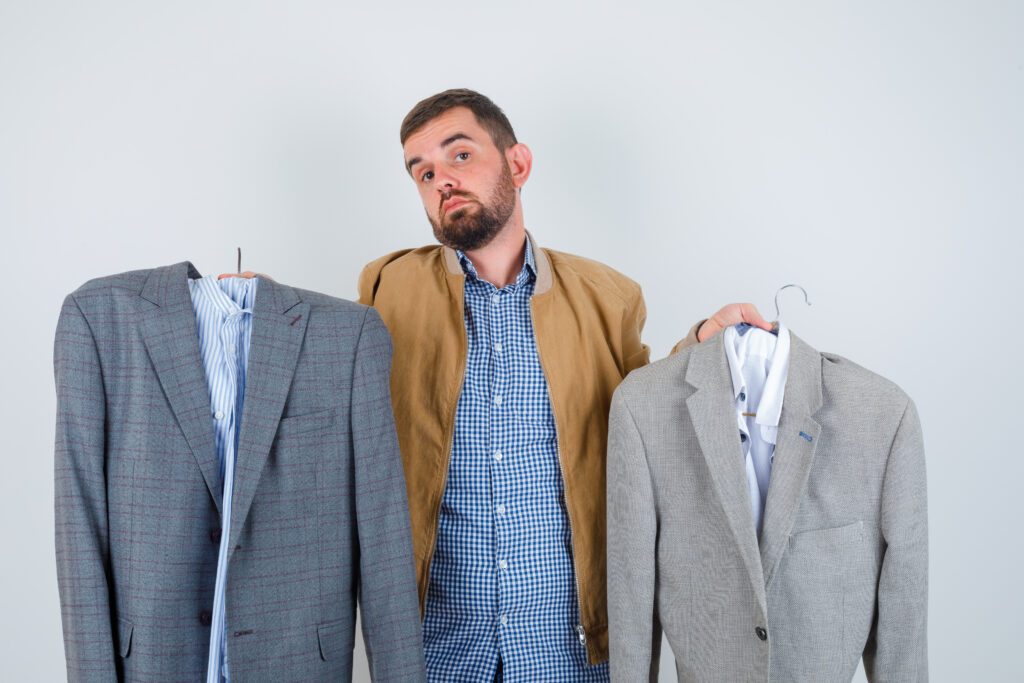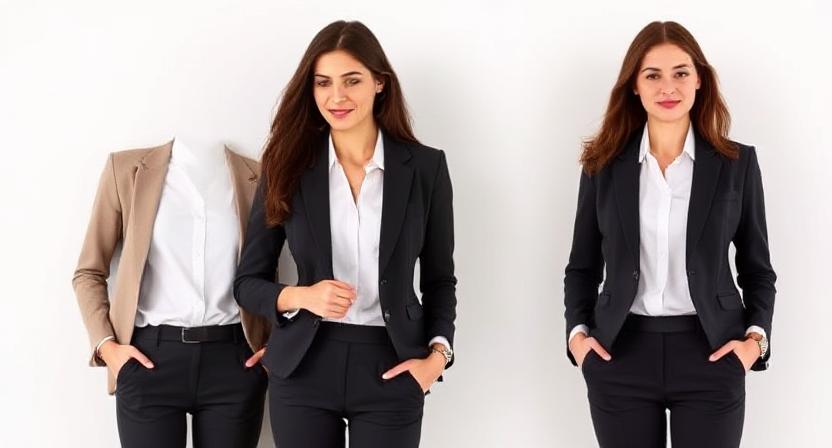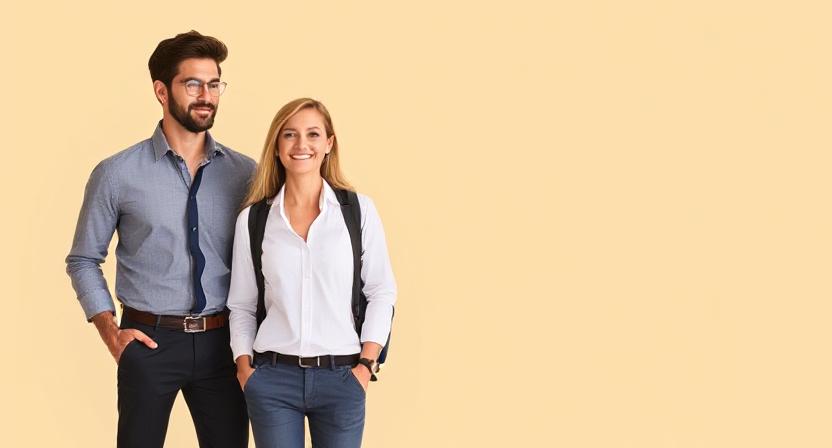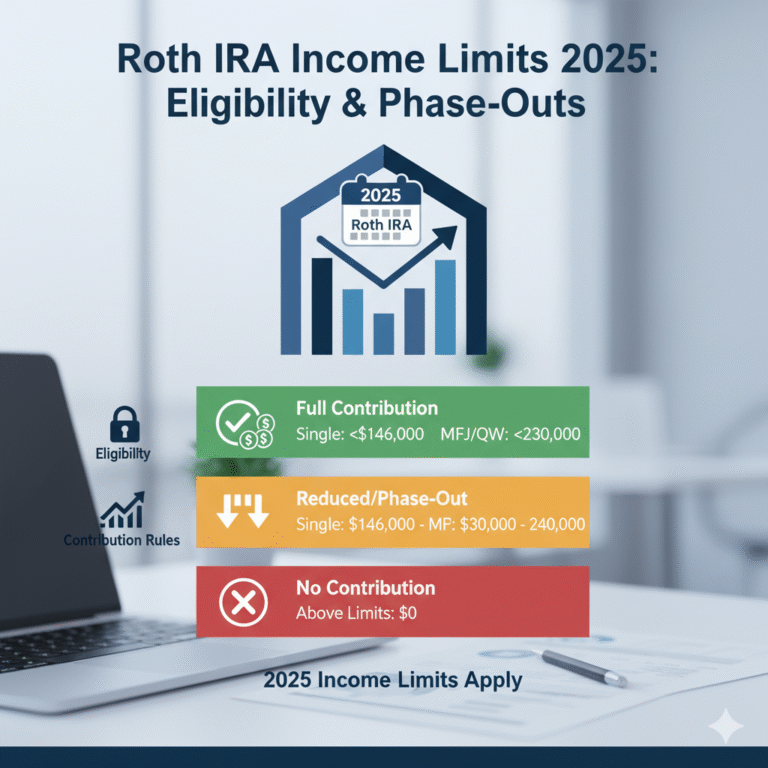Business casual vs smart casual are two popular dress codes that frequently cause confusion for people when it comes to how to dress for social or professional occasions. At first glance, both seem similar because they are more elegant than casual attire but less formal than traditional office wear. There are some significant distinctions, though, that may have an impact on how you behave in social and professional settings. Knowing these distinctions will enable you to dress appropriately, project confidence, and make a good impression wherever you go.

Business Casual: What Is It?
In professional settings where full suits are not necessary, such as corporate offices and meetings, business casual is a dress code that is frequently used. It strikes a balance between comfort and professionalism. The goal is to look tidy, professional, and appropriate for the workplace without coming across as overly formal or laid back.

Men’s business casual typically consists of:
- Chinos or dress pants
- shirts with collars, such as polo or button-down shirts
- The Blazers
- Dress shoes, loafers, or leather shoes
Business casual for women could consist of:
- Modest dresses, pencil skirts or dress pants
- Blouses or tops with buttons
- Blazers or cardigans
- Shoes with closed toes, low heels, or flats
Bold prints, torn jeans, tank tops and trainers are typically not appropriate for business casual. Maintaining a professional appearance in line with workplace norms is the aim.
Smart Casual: What Is It?
Compared to business casual, smart casual is more adaptable and fashionable. It is frequently worn in social situations like dinners, informal gatherings, dates, get-togethers with friends, and creative work environments. You can show off your individual style while still looking put together and professional with smart casual.
Men’s smart casual could consist of:
- Chinos or well-fitting jeans
- Turtlenecks, polo shirts, or casual button-down shirts
- Stylish sweaters or casual jackets
- Clean boots, loafers or trainers
Women’s smart casual can consist of:
- Skirts, jeans or chic trousers
- trendy sweaters, fitted tops, or blouses
- Trendy denim jackets or blazers
- Clean trainers, boots, sandals or flats
You have more options when it comes to patterns, colours, and accessories when you dress smartly casually. The goal is to appear chic and contemporary without being overly formal.

Main Differences Between Business Casual and Smart Casual
| Feature | Business Casual | Smart Casual |
|---|---|---|
| Purpose | Professional & Work Settings | Social & Semi-relaxed Events |
| Clothing Style | More formal | More flexible and trendy |
| Shoes | Leather shoes, loafers | Can include clean sneakers and boots |
| Colors | Neutral and subtle | Can include bold or trendy colors |
| Accessories | Minimal | Fashionable accessories allowed |
The degree of formality is the main distinction. Whereas smart casual tends towards fashionable comfort, business casual is more focused on professional attire.
When to Dress in Business Casual
In circumstances such as these, you should opt for business casual:
- Interviews for jobs
- Days spent in the office
- Meetings for business
- Meetings
- Presentations at work
You want to come across as trustworthy, professional, and well-groomed in these situations. Your attire should convey a sense of gravity and environmental awareness.
When to Don Smart Casual
Smart casual is ideal for:
- Dates for dinner
- Informal gatherings
- Journeying
- Visiting coffee shops or going on excursions
- Unofficial workplaces (such as creative agencies)
Comfort and style come together here. You can display some individuality and try out contemporary styles.
Advice for Getting Both Styles Correct
- Fit Is Important Well-fitting clothing always looks better, whether it’s for business or smart casual. Make sure your clothes fit properly—not too tight or loose.
- Colour Selection: While smart casual allows you to experiment with more hues, neutral colours are ideal for business casual.
- Shoes Say a Lot: For many people, shoes are the first thing they notice. Keep them tidy and appropriate for the situation.
- Choose Your Accessories Carefully Minimal business casual. Smart casual is fashionable without being over the top.
In conclusion
Knowing the distinction between smart casual and business casual enables you to dress appropriately for social and professional settings. While smart casual allows you to express your individuality while still looking stylish, business casual keeps you looking put together and professional. Dressing is made easier and more pleasurable once you learn to strike a balance between occasion, elegance, and comfort.





